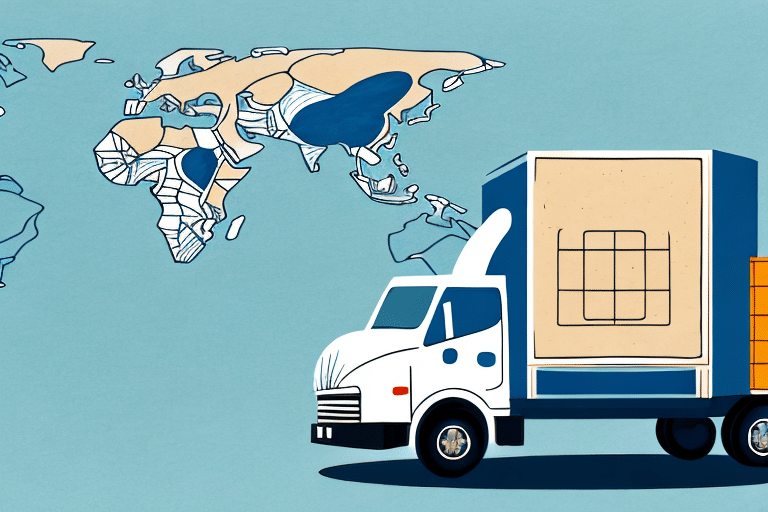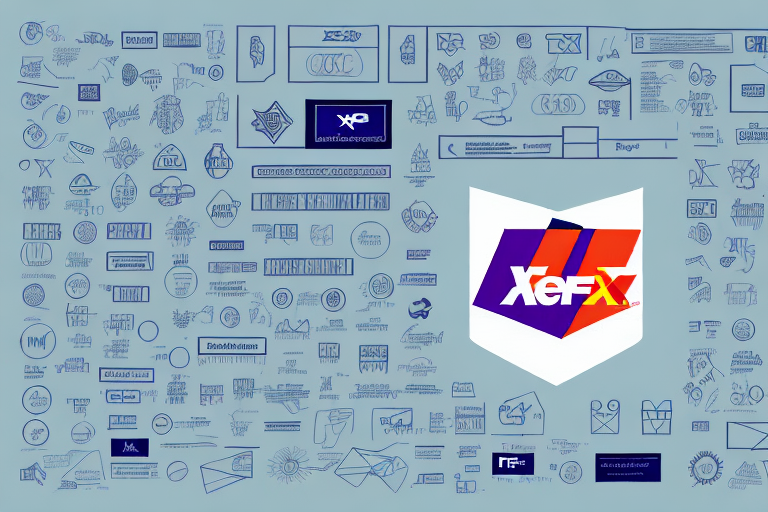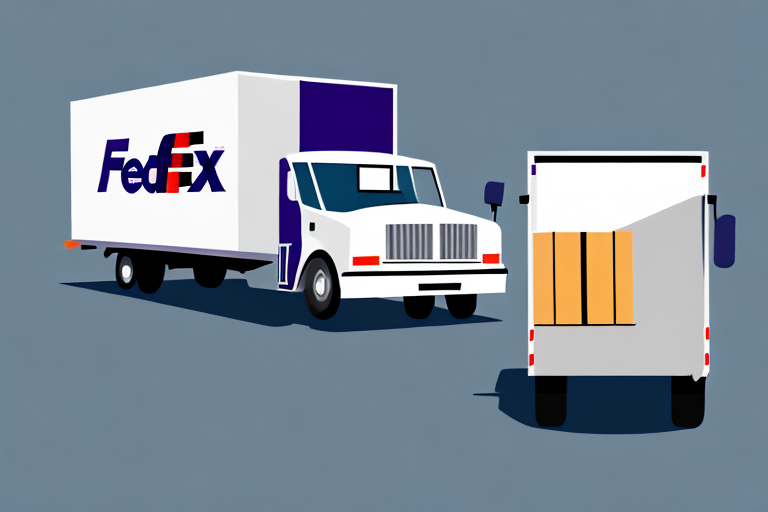Understanding Delivery Exceptions
Delivery exceptions can disrupt the shipping process, leading to delays, lost packages, or even theft. Recognizing the causes and types of these exceptions is crucial for effective resolution and prevention. By understanding these factors, both senders and recipients can take proactive steps to ensure timely and secure deliveries.
Causes of Delivery Exceptions
Several factors can lead to delivery exceptions, including:
- Incorrect Address Information: Mistakes in the delivery address can prevent packages from reaching their intended recipients. Always double-check addresses before shipping.
- Bad Weather: Severe weather conditions such as snowstorms, hurricanes, or floods can delay shipments by hindering transportation logistics.
- Package Damage: Damaged packages may not meet carrier requirements for delivery, leading to returns or delays.
- Missed Delivery Attempts: If no one is available to receive the package during the delivery window, carriers may leave a notice for redelivery or pickup.
- Customs Delays: International shipments may encounter delays due to customs inspections or incomplete documentation.
Common Types of Delivery Exceptions
Understanding the various types of delivery exceptions can help in identifying appropriate solutions:
- Undeliverable Packages: Occurs when the carrier cannot deliver the package due to reasons like incorrect address or recipient unavailability.
- Delivery Delays: Caused by factors such as logistical issues, weather events, or high shipping volumes.
- Lost or Stolen Packages: Packages may be misplaced during transit or stolen after delivery, necessitating claims and investigations.
Tracking Your Shipment
Effective tracking is essential for monitoring the progress of your shipment and identifying potential delivery exceptions early. Utilizing advanced tracking tools provided by carriers can enhance your ability to manage deliveries proactively.
Tips for Effective Tracking
- Use Carrier Tracking Systems: Most carriers like FedEx, USPS, and UPS offer robust tracking systems that provide real-time updates on your package's status.
- Set Up Notifications: Enable email or SMS alerts to receive timely updates about your shipment, including any changes in delivery status.
- Monitor Delivery Windows: Keep track of the estimated delivery times to ensure someone is available to receive the package.
Best Practices for Shipment Tracking
- Regularly Check Tracking Information: Frequently review your package's tracking details to spot any unexpected delays or issues.
- Keep Your Tracking Number Handy: Having your tracking number readily available facilitates quick access to shipment status and support if needed.
- Use Mobile Apps: Many carriers offer mobile applications that allow you to track shipments on the go, providing convenience and immediate access to updates.
Communicating with Stakeholders
Effective communication with shipping companies, senders, and recipients is vital in resolving delivery exceptions promptly. Clear and courteous interactions can expedite solutions and enhance the overall shipping experience.
Contacting the Shipping Company
- Customer Service Channels: Utilize the carrier's customer service hotline or online support system to report issues and seek assistance.
- Provide Detailed Information: When contacting support, have your tracking number and relevant shipment details ready to facilitate faster resolution.
- Stay Calm and Polite: Maintaining a respectful tone can improve the effectiveness of communication and support outcomes.
Contacting the Sender or Receiver
- Update Address Information: If the delivery address is incorrect, promptly inform the sender to arrange for redirection or reshipment.
- Confirm Package Contents: Ensure that the shipped items match the order to prevent misunderstandings or shipping errors.
- Share Tracking Information: Keeping all parties informed about the shipment's status can help identify and address issues swiftly.
Handling Customs and Compliance
International shipments must navigate through customs regulations, which can be complex and vary by country. Proper preparation and understanding of customs requirements are essential to prevent delays and ensure smooth delivery.
Navigating Customs Issues
- Research Import Regulations: Different countries have specific rules regarding what can be imported. Familiarize yourself with these regulations to avoid prohibited items.
- Prepare Accurate Documentation: Ensure that all necessary paperwork, such as invoices and declaration forms, are correctly filled out to facilitate customs clearance.
- Pay Applicable Duties and Taxes: Be aware of any duties or taxes that may apply to your shipment and arrange for their payment to prevent hold-ups.
Compliance Best Practices
- Consult Official Resources: Refer to official customs websites, such as the U.S. Customs and Border Protection, for guidance on international shipping regulations.
- Use Professional Shipping Services: Consider utilizing carriers that offer customs brokerage services to manage compliance and paperwork effectively.
Insurance, Liability, and Retrieving Packages
Understanding insurance options and liability policies is crucial when dealing with lost or damaged shipments. Taking appropriate measures can provide financial protection and facilitate the retrieval of packages.
Understanding Insurance and Liability
- Carrier Insurance Options: Many carriers offer insurance that covers lost or damaged items. Review these options when shipping valuable goods.
- Declare Accurate Package Value: Accurately declaring the value of your shipment ensures that you are adequately covered in case of loss or damage.
- Proper Packaging: Using sturdy packaging materials can prevent damage during transit and may be required for insurance claims.
Steps to Retrieve Lost or Stolen Packages
- File a Claim Promptly: Contact the carrier immediately to report a lost or stolen package and initiate the claims process.
- Document Communications: Keep records of all interactions with the carrier and any relevant documentation to support your claim.
- Check with Neighbors: Sometimes, packages are delivered to nearby addresses by mistake. Verifying with neighbors can help locate misplaced items.
- Involve Law Enforcement if Necessary: If theft is suspected, filing a report with local authorities may be warranted.
Preventing Future Delivery Issues
Implementing effective shipping practices can significantly reduce the likelihood of encountering delivery exceptions. Proactive measures ensure smoother operations and higher satisfaction for all parties involved.
Effective Shipping Practices
- Double-Check Address Information: Always verify the accuracy of the delivery address before shipping to prevent misdeliveries.
- Use Reliable Packaging: Invest in quality packaging materials that protect the contents and comply with carrier standards.
- Choose Reputable Carriers: Select carriers with strong track records for reliability and customer service to minimize risks.
Offering Multiple Shipping Options
- Expedited Shipping: Provide faster shipping options for customers who need their packages urgently, reducing the window for potential delays.
- Standard Shipping: Offer cost-effective shipping choices for those willing to accept longer delivery times, balancing speed and affordability.
- Delivery Guarantees: Implement policies that ensure timely deliveries, enhancing customer trust and satisfaction.
By adopting these strategies, businesses and individuals can mitigate the challenges associated with delivery exceptions, ensuring that shipments arrive safely and on time.






















